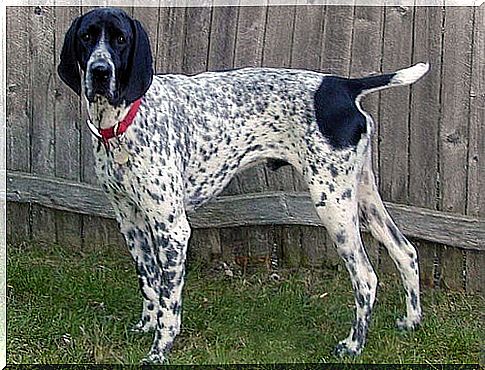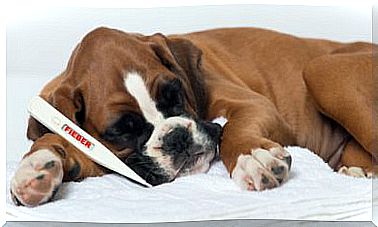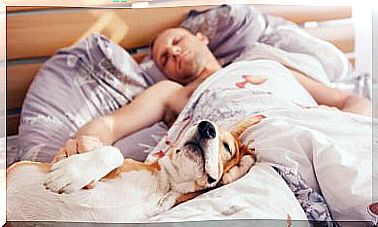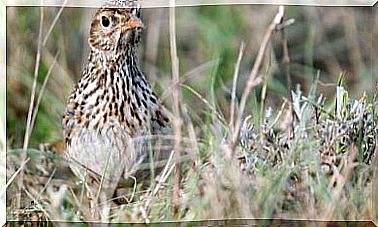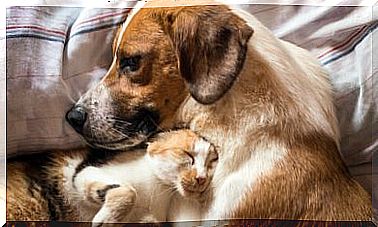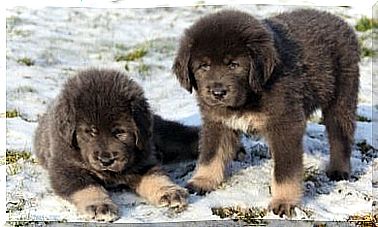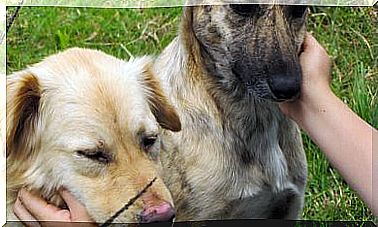St Germain’s Braco
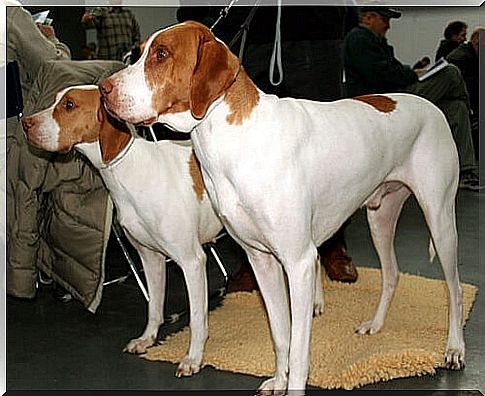
The Saint Germain pointer is a historical breed, since its predecessors already appeared at the time of Louis XV, and it was chosen as the ideal dog for hunting and company. Today we want you details of this curious specimen.
Saint Germain’s Braco
The Saint Germain pointer appears in the 19th century as a mixed breed between the English and French bracoons. In centuries past, their ancestors had accompanied French monarchs and other members of French high society. It is believed that they are the dogs that appear in the paintings of Louis XV.
They are dogs originally from the Saint Germain en Laye region of France. In addition, they have excellent hunting qualities, accompanied by a very docile temperament. It reached its fame in the middle of the 19th century, when the breed began to appear in sample shows throughout France.
Thus continued the rise of the breed until 1915, when the different groups and associations in Europe began to register the characteristics of the breed. The breed has slightly lost that hunter function in exchange for being more ambivalent, in favor of being a better companion animal.
Physical aspects
They are medium to large dogs with a robust and athletic build; as well as energetic and adaptable to all types of situations and terrain. Here are more features:
- They are about 54 to 64 centimeters tall, weighing approximately 19 to 26 kilograms.
- They have a large head that is very parallel to each other, so it presents the same aspects of other arms.
- Its muzzle is the same length as its skull, and ends in a wide pink nose, while the upper lips easily cover the lower ones without showing black spots. In addition, although the mouth is very strong with solid teeth, they have a fairly light bite.
- His eyes are medium and golden in color, which makes for a light and pleasant look. For their part, the ears are presented at eye level and, like the other arms, are dropped.
- Its body is robust and muscular, and it gives way to a very defined chest with a slightly protruding sternum. When it is at rest, all the musculature of the animal is appreciated.
- The tail is long starting quite thick and ending in a point.
It should be noted that they also have a robust bone structure, which makes them ideal for the jobs that this dog performs; this together with long and strong limbs.
Regarding its gait, the Saint Germain pointer has a light, elegant and sustained trot despite its strong physique. When hunting, the gallop is very energetic and constant, adapting to all the terrain it encounters without problems.
In addition, they are dogs with short hair, but not very fine, white with orange spots. Usually it is the ears and the ribs that have the orange color.
Temperament
They are quite friendly dogs, despite being designed for hunting. They are also obedient and affectionate towards their masters, although shy towards strangers. They do not require a large training load, although not negligible, thanks to their great intelligence.
Regarding its behavior in family life, the Saint Germain pointer is appropriate as long as the necessary care is provided to maintain its physical condition. They are rural families who are recommended to have a dog of this breed.
As they are very intelligent, they have great social skills to interact with other dogs and humans, although it is ideal for jogging on sunny days, or for an afternoon walk in the park or the plains without much hustle and bustle.
Health, care and diseases
The Saint Germain pointer is a breed that is quite resistant to many common diseases in dogs. However, if they are not taken care of in time, you can suffer some quite serious discomforts, such as hip dysplasia and other joint problems.
The corners of the skin, ears and other delicate places of the animal should be cleaned to avoid the accumulation of humidity and the proliferation of harmful fungi to the animal. A gentle brushing a week is enough to remove dead hairs from its coat.
As it is a field dog, attention should be paid to the possible appearance of parasites such as ticks, and other elements that may be affecting the animal such as chips and rocks embedded in the dog’s foot pads.
It might interest you …
Main image source: Pleple2000
